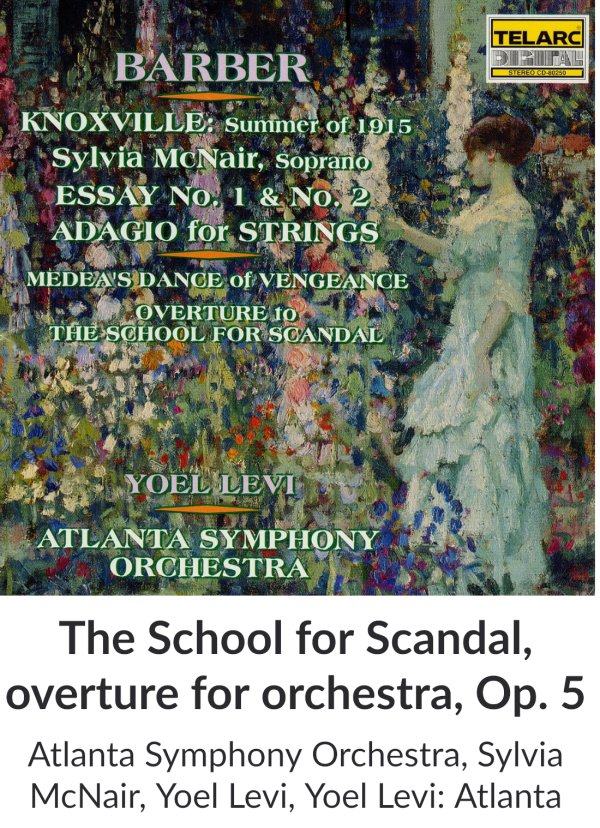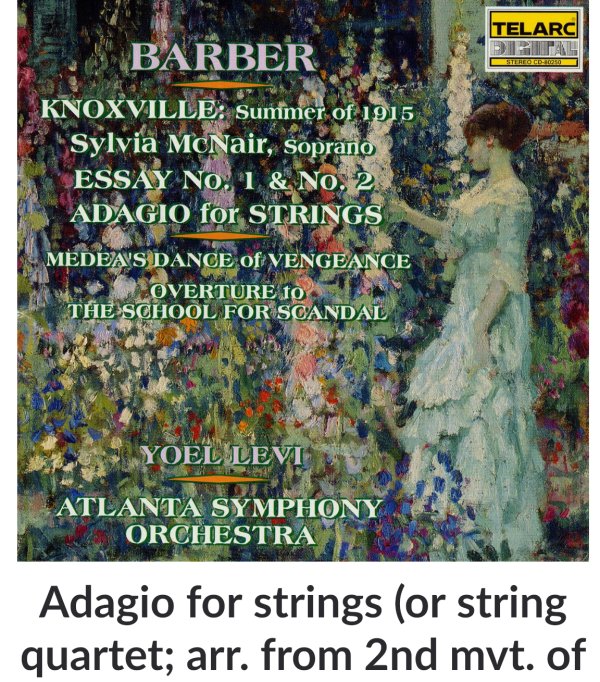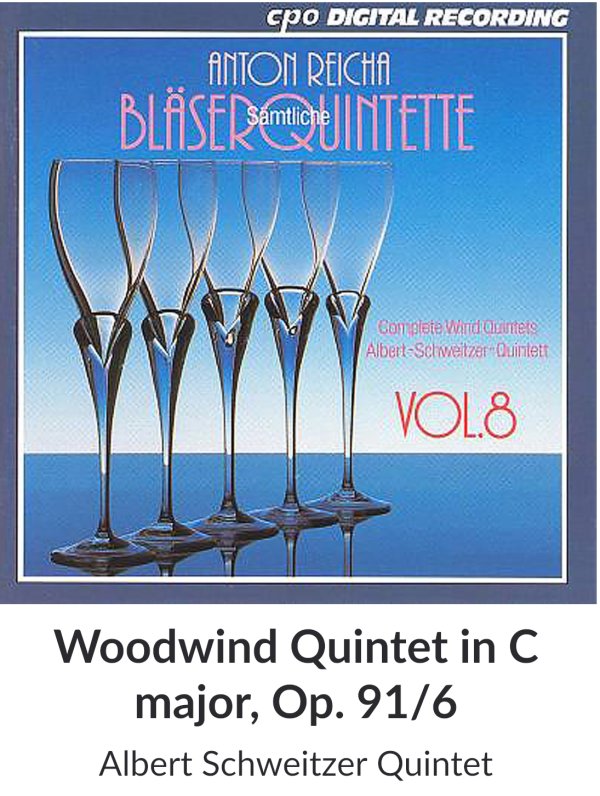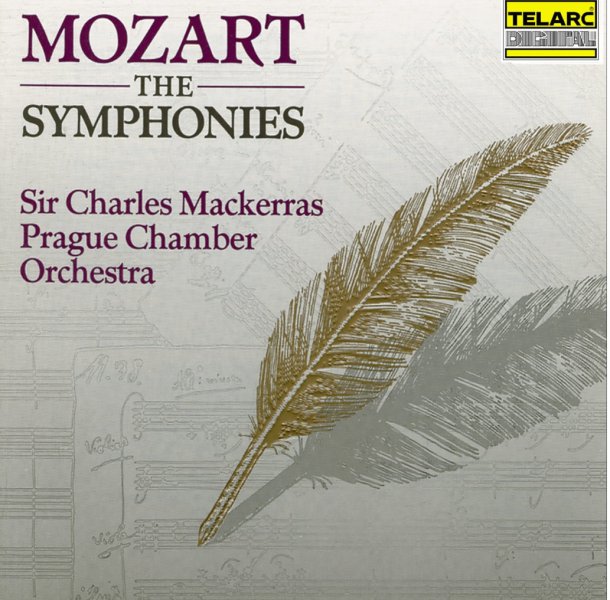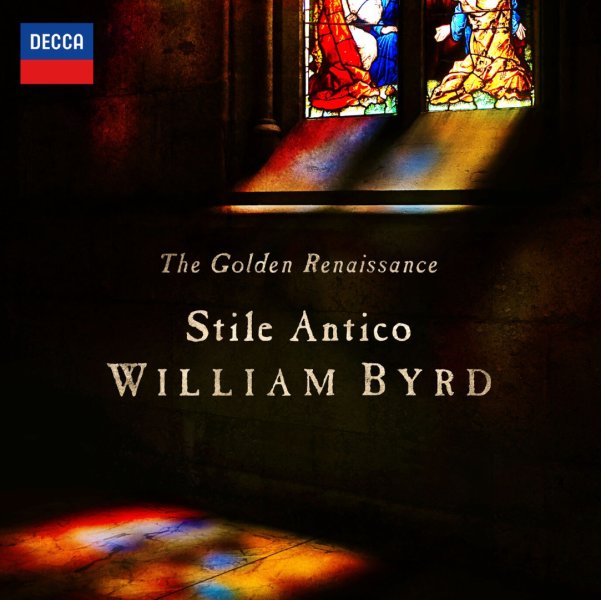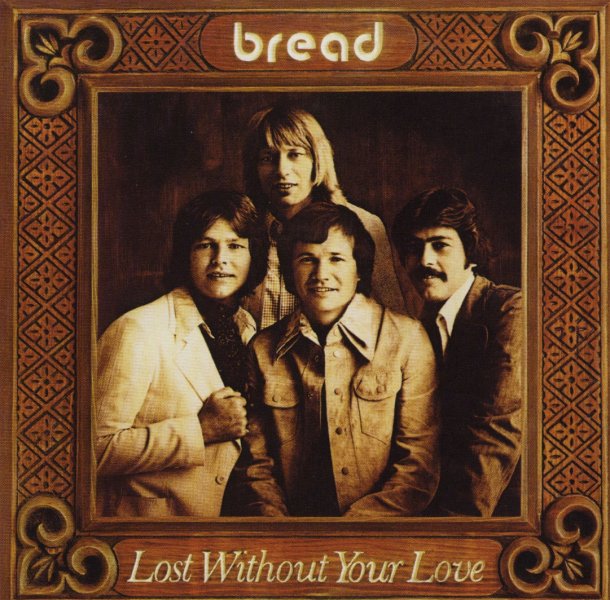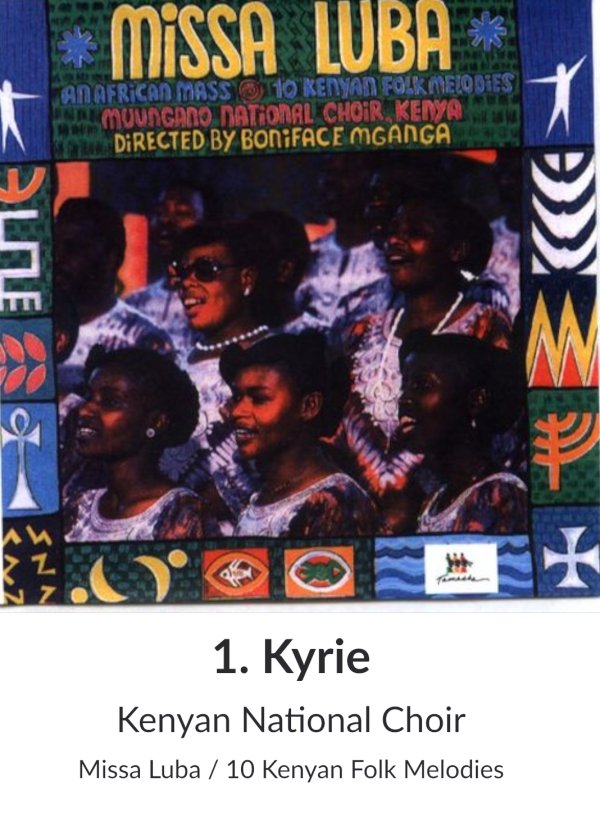Lyrita is a specialist classical music label that made some of the finest recordings of orchestral music in the 1970s, and quite a few were included in Harry Pearson’s Super Disc list in The Absolute Sound. Here we have a wonderful album of Gustav Holst’s music, the schoolteacher who composed in his spare time and composed The Planets.
Lyrita recordings are extremely dynamic and hard to reproduce on most hifi. On my Quads they sounded a bit too bright. On the big SL’s, they sound gorgeous. Thus recording starts with the Walt Whitman overture that has a lot of loud brass sections, but sounds rich and well-balanced. Strings are rich and have that famous Lyrita shimmer. Kenneth Wilkinson made many of Lyrita’s famous recordings as well as Decca’s legendary recordings.
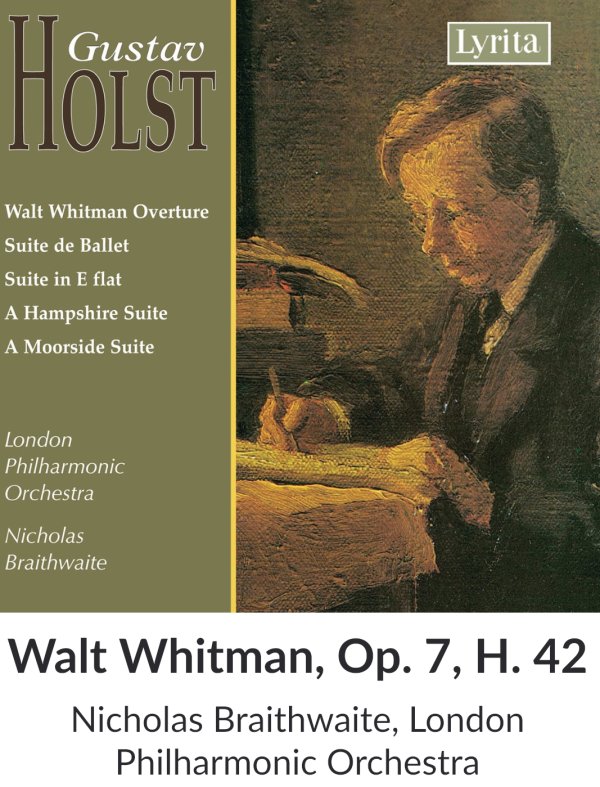
Lyrita recordings are extremely dynamic and hard to reproduce on most hifi. On my Quads they sounded a bit too bright. On the big SL’s, they sound gorgeous. Thus recording starts with the Walt Whitman overture that has a lot of loud brass sections, but sounds rich and well-balanced. Strings are rich and have that famous Lyrita shimmer. Kenneth Wilkinson made many of Lyrita’s famous recordings as well as Decca’s legendary recordings.















